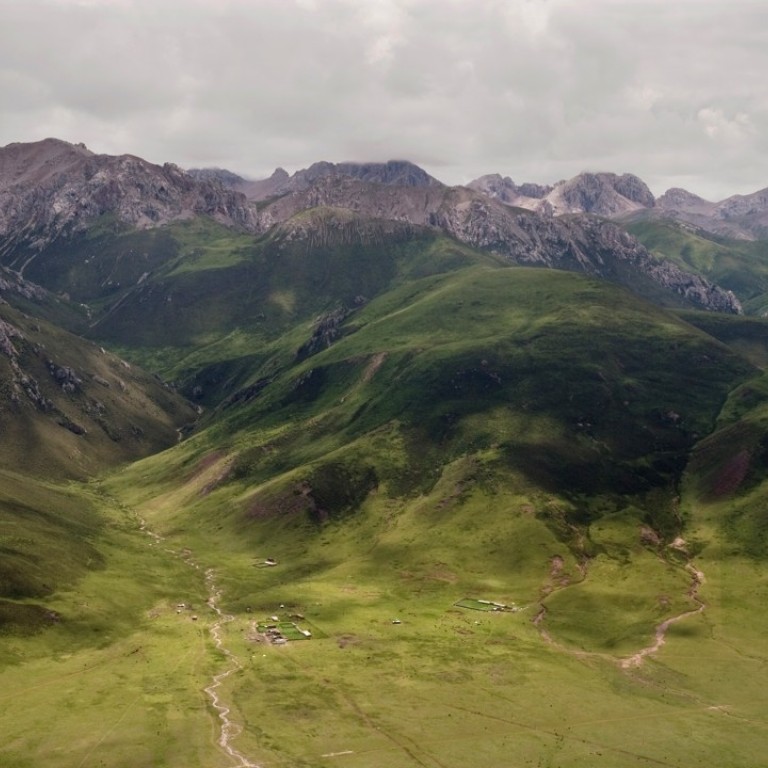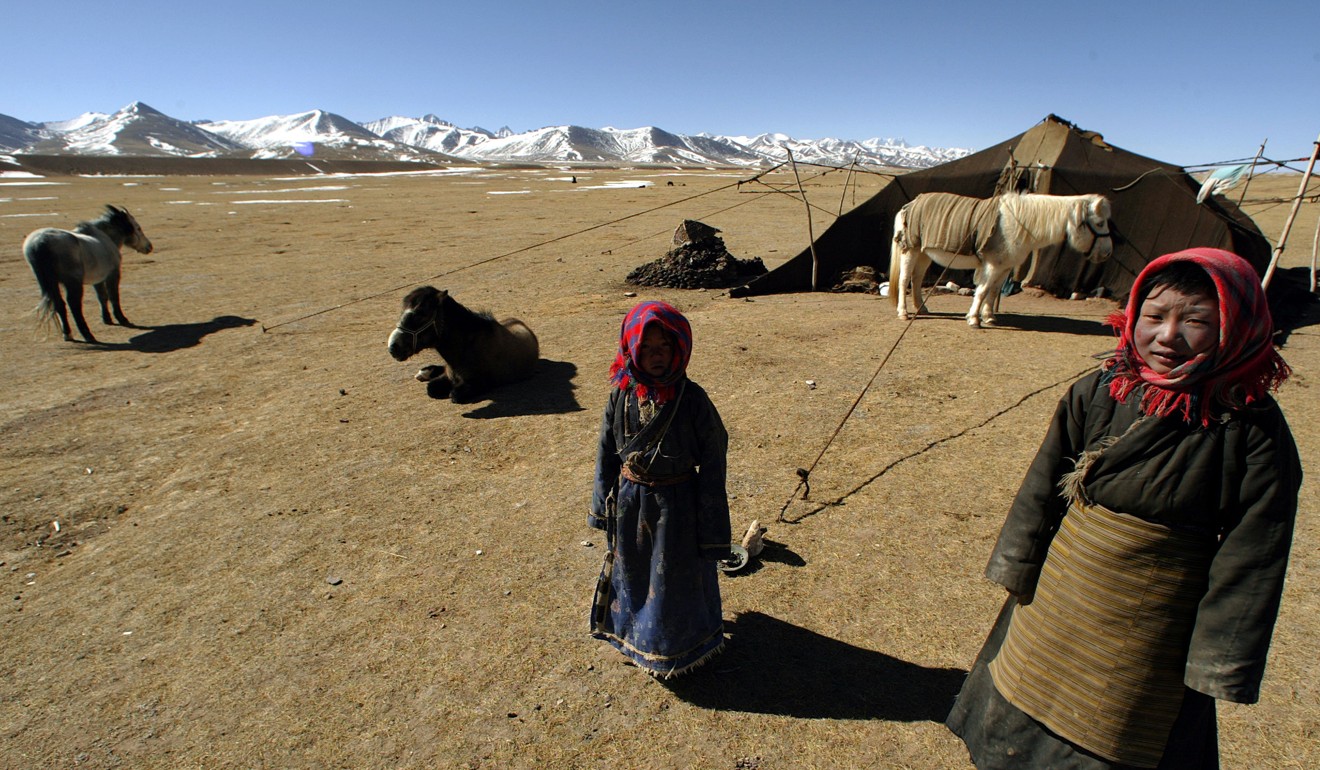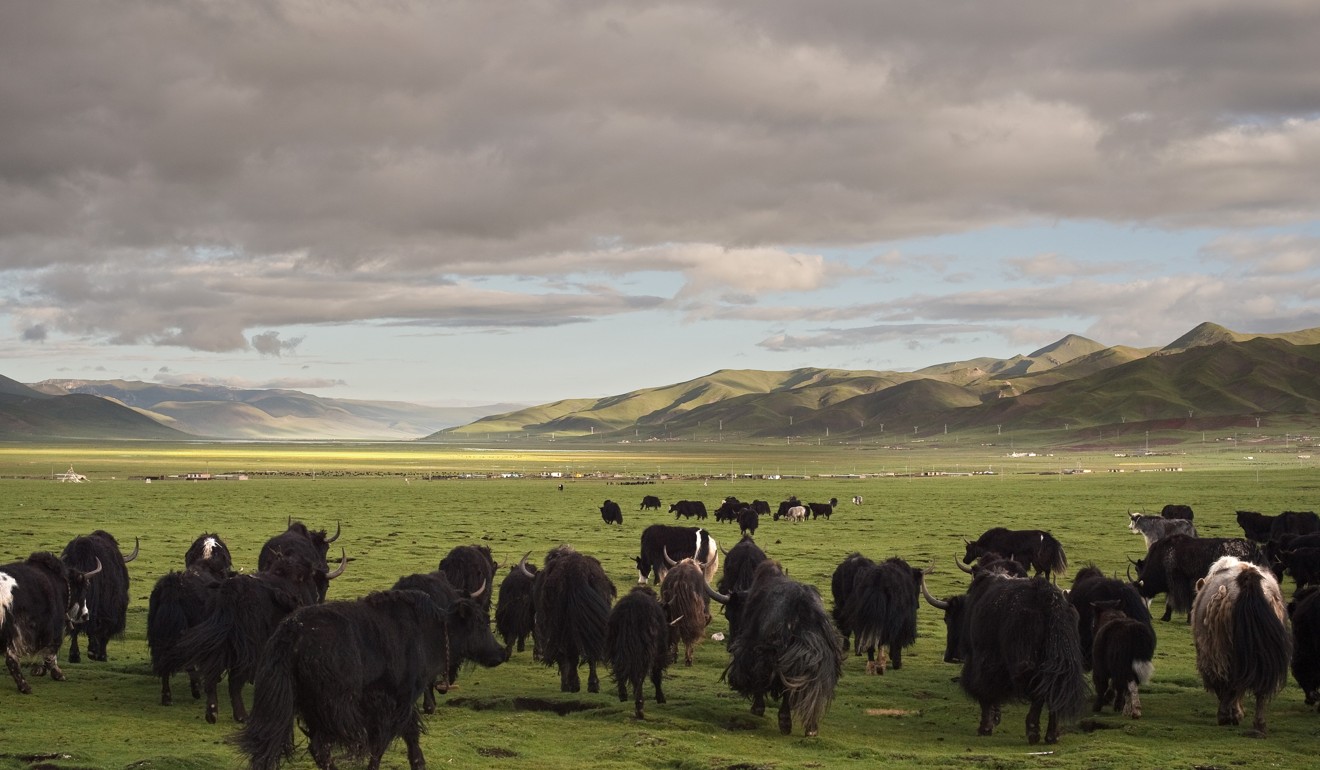
Spring is coming earlier to the Tibetan plateau and it could affect the lives of millions
Study highlights how the snows start to melt a week earlier than in 1960 in the region where China’s three major rivers have their sources
The time snow starts to thaw and grass starts to turn green in the heart of Tibetan plateau is over a week earlier now than in the 1960s, according to a new study by Chinese scientists.
The researchers warned that the early arrival of springtime on the Tibetan plateau could have an impact across almost all of China.
China’s three main rivers – the Yellow, Yangtze and Lancang – originate in a region 4,000 metres above sea level covered by snow and glaciers.
“If their annual melting arrives with increasing haste, it can change the flooding and drought patterns of the major rivers and affect the livelihoods of many people,” said Yan Zhongwei, an author of the study with the Institute of Atmospheric Physics, Chinese Academy of Sciences in Beijing.

The Yellow River’s fertile valleys were the cradle of Chinese civilisation and the river supplies water to a third of the nation’s population.
However, it has also been named “China’s sorrow” because of the devastation flooding can cause along its banks and in recent decades the government has built numerous dams in an effort to tame the waters.
Lancang is the name given to the upper half of the Mekong, which as well as China flows through Laos, Myanmar, Thailand, Cambodia and Vietnam before entering the South China Sea.
Other countries in Asia could also face changes in the monsoon season because the early advent of spring on the Tibetan Plateau could disrupt some established atmospheric patterns in the region, according to Yan.
The Asian monsoon is a climate system that influences water cycles and distribution in a large area across India and Southeast Asia to China and Japan.
Because the monsoon affects a significant proportion of the world’s population, the effect on weather patterns triggered by changes on the Tibetan Plateau could cause disruption to millions of people.
According to an international study led by researchers from Peking University in May, temperatures on the Tibetan plateau have been rising at a speed twice the global average, which has destabilised the ecosystem.
Though plants tend to grow faster in warmer environments, the speed at which they do so varies significantly from one species to another.
The consequence of this variation is that faster-growing plants could drive the slower species to extinction, sending the ecosystem off balance.
This would not only affect wild animals but also more than 40 million sheep and 14 million cattle raised by Tibetan herdsmen on the plateau, according to the researchers.
Yan said in one possible scenario, hot and humid winds from the Indian Ocean could reach more deeply into the hinterland of Tibetan plateau.
The large amount of water they carry could increase the risk of flooding.
Tibet, with its vulnerable ecological system, would take the first blow, Yan said.
Flooding would pose a threat to the Tibetan herdsman on the plateau and could also affect the millions of people living in cities along the rivers downstream.
It could also threaten plants or animals on the plateau, which have adapted to the relatively dry climate.
The likelihood of increased flooding has yet to be investigated by further studies.

Increasing temperatures will also trigger plants’ photosynthesis mechanisms – the process by which they use energy from the sun to produce glucose – and lead to them turning green earlier in the year.
The study, published in the journal Advances in Atmospheric Sciences this month, examined data collected by satellites and 28 government monitoring stations in the Three-Rivers Headwater Region, the origin of the rivers in Qinghai province, between 1960 and 2013.
In 2013 the vegetable growing season started on the 151st day of the year in contrast to the 160th day in 1960.
The trend has been picking up pace, with the start date moving forward at a rate equivalent to 6.04 days a decade over the past 14 years.
The shift was mainly caused by climate change due to global warming, according to the researchers.
One challenge encountered by the scientists was data quality. A few monitoring stations recorded dubious data, such as unusually high or low temperatures, probably due to human error or malfunctioning instruments.
The affected station and period had to be singled out for adjustment, a challenging task given the large number of data sets.
There has been a scientific debate about the arrival of spring time on the Tibetan plateau. While most studies suggest an earlier arrival, some researchers observed delays.
A reversal of the trend of earlier springs on the alpine steppes and meadows in Tibet was reported to have occurred around 2000, according to research led by Xu Jiachu, professor at the Kunming Institute of Botany, Chinese Academy of Sciences.
Xu’s team published a paper in the journal Proceedings of the National Academy of Sciences of the United States in 2011 arguing that the rising temperature had also led to warmer winters with a delayed chill.
That could confuse the plants’ biological clocks and extend the period they stay dormant.
Xu could not be immediately reached for comment.
Yan said his team was aware of the debate. He said that the previous negative findings were based on satellite data covering a relatively short and recent period of time.
The long-term observation records used in the latest study showed an advancing trend with “little doubt”, he said.

